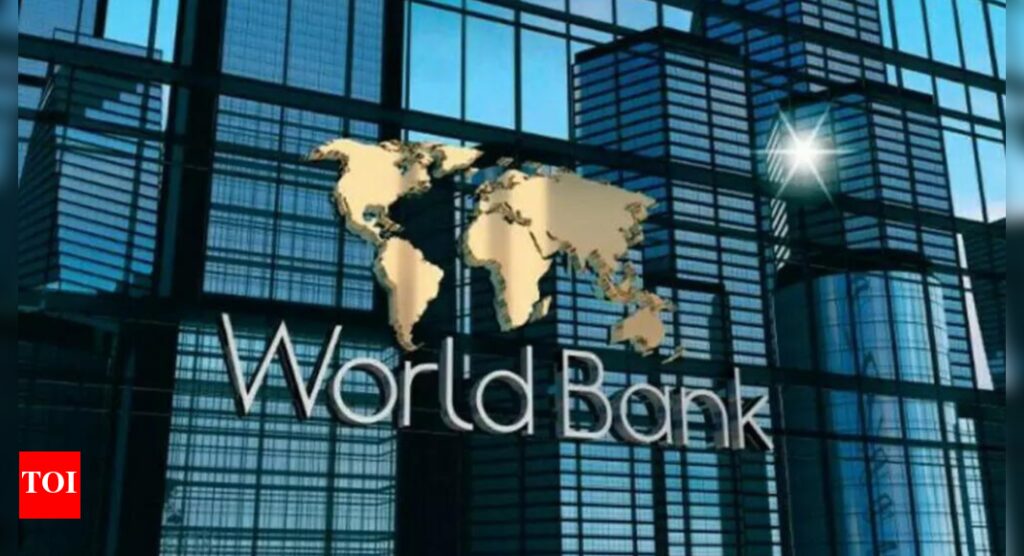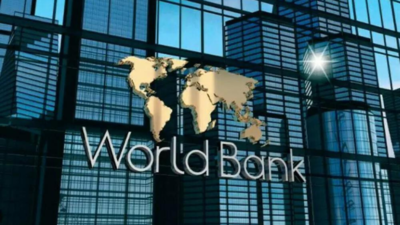Trade tremors deepen: World Bank slashes global growth forecast to 2.3% for 2025; warns of long-term hit from tariffs, inflation

Global growth will slow sharply this year as trade disruptions triggered by sweeping US tariffs increase uncertainty and fragment markets, the World Bank warned in its latest economic outlook released Tuesday.The multilateral lender cut its 2025 global GDP growth forecast to 2.3%, down from the 2.7% estimated in January, citing a weakening trade environment and deteriorating investor sentiment, AFP reported. That would mark the slowest pace of non-recessionary expansion in nearly two decades.“This is the weakest performance in 17 years, outside of outright global recessions,” said Indermit Gill, chief economist of the World Bank Group, in a press briefing.Meanwhile, World Bank pegged India’s economic growth projection at a lower level of 6.3 per cent for 2025-26 due to pressure on exports emanating from global uncertainties, though the country will remain the fastest growing major global economy. In April, the World Bank had lowered India’s growth projection for 2025-26 to 6.3 per cent from its January forecast of 6.7 per cent.The World Bank said high levels of policy uncertainty—driven by US President Donald Trump’s aggressive tariff regime—were dragging down both growth and inflation expectations. Trump’s 10% import tariff, rolled out in April and targeting nearly all US trade partners, has since been suspended temporarily until July. The tariff war with China has also paused, but prospects for a durable truce remain unclear.“Without a swift course correction, the harm to living standards could be deep,” Gill cautioned.Developing economies face slower recoveryWhile advanced economies have seen a steeper cut in their growth forecasts, the World Bank noted that emerging markets—particularly commodity exporters—are facing a damaging mix of low prices and market volatility.Roughly 60% of developing nations are commodity exporters and are now grappling with what Gill called a “very nasty combination” of falling prices and unpredictable global demand.The bank projects global growth to average just 2.5% for the remainder of the decade through 2029, making it the slowest ten-year growth rate since the 1960s.By 2027, the per capita GDP of high-income countries is expected to return to its pre-pandemic trajectory. But for developing nations—excluding China—per capita output is projected to be 6% below pre-Covid forecasts, Gill said. “Except for China, it could take these economies about two decades to recoup the economic losses of the 2020s,” he warned.Despite the grim outlook, the World Bank stressed that decisive policy moves could still avert permanent damage. “If the right policy actions are taken, this problem can be made to go away with limited long-term damage,” Gill said.The report urged G20 economies to avoid trade fragmentation and suggested that developing nations should reduce tariffs across the board—not just with the US—and harmonise cross-border rules to drive sustainable growth.Tariffs in developing countries are generally higher than in advanced economies, the Bank noted, often due to protectionist strategies or limited sources of government revenue.The World Bank’s warning comes amid a series of downgrades by other global agencies. The OECD this month cut its 2025 global growth projection from 3.1% to 2.9%, citing the chilling effects of Trump’s trade actions. In April, the IMF lowered its forecast from 3.3% to 2.8%.







